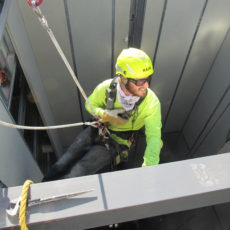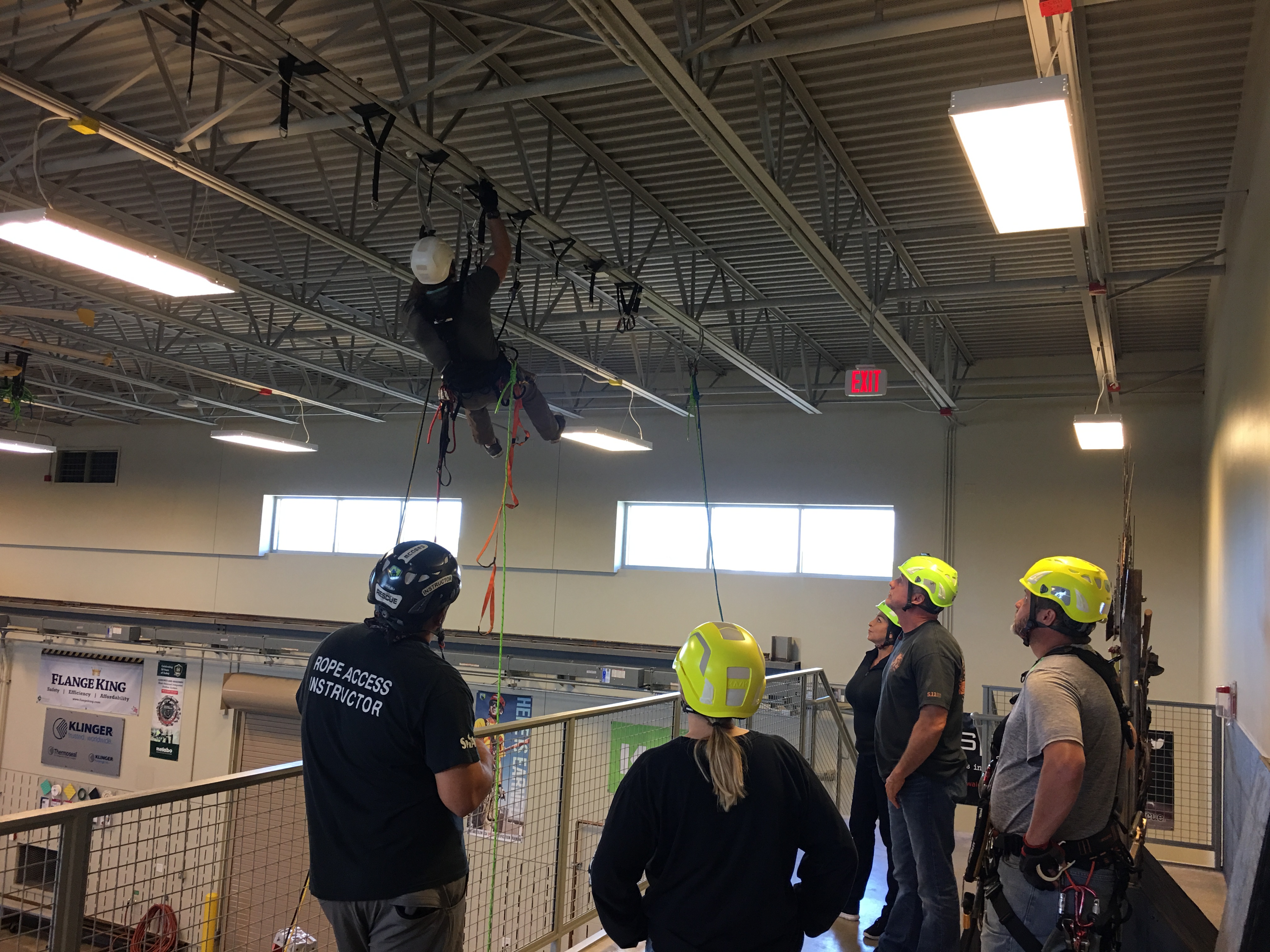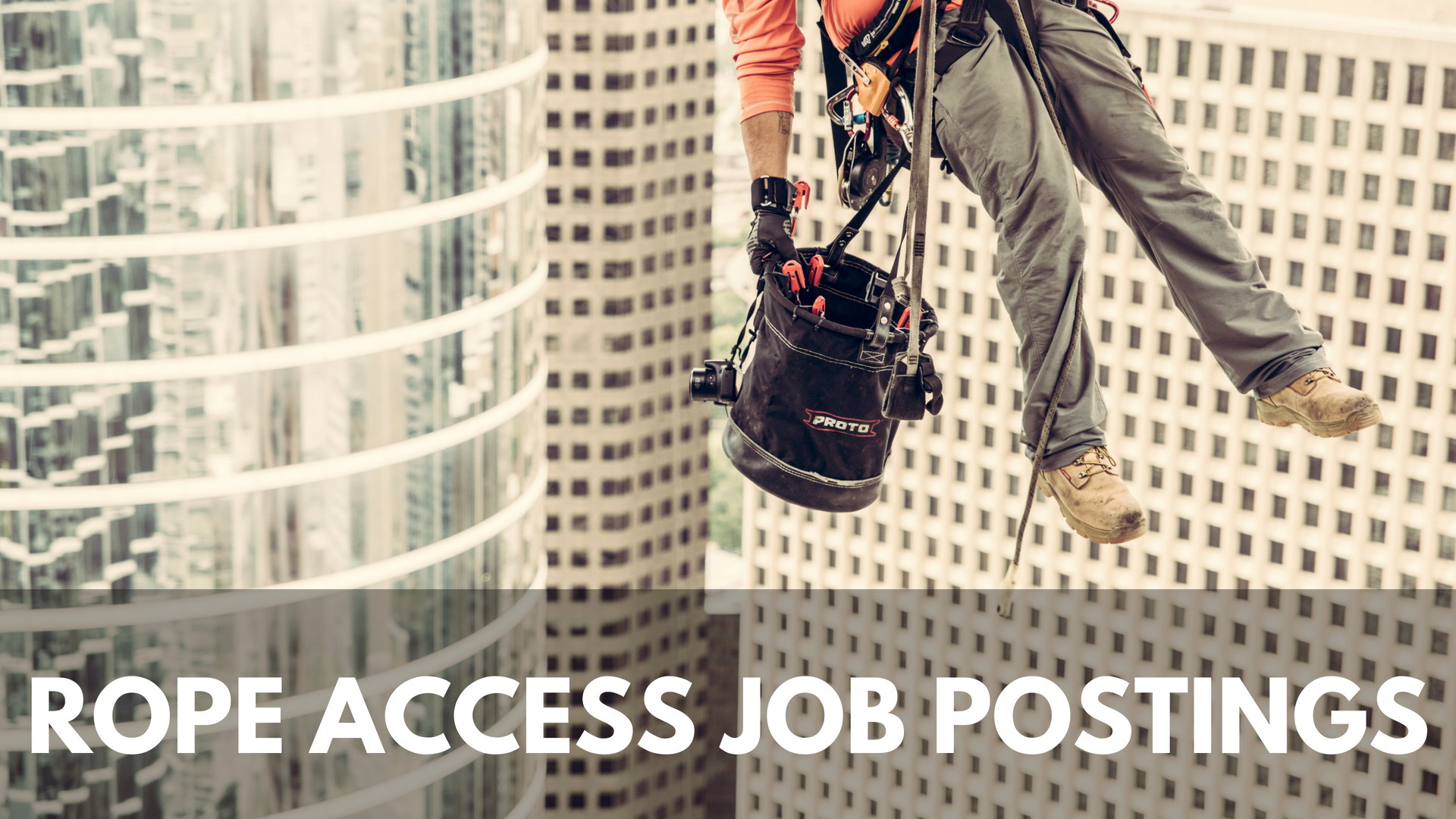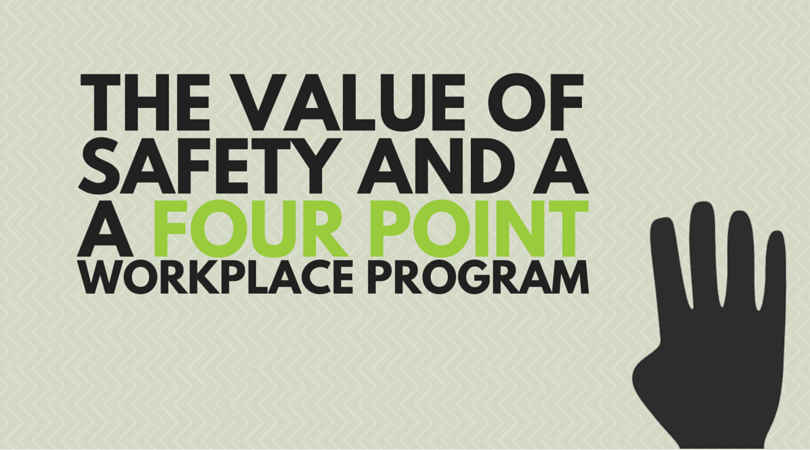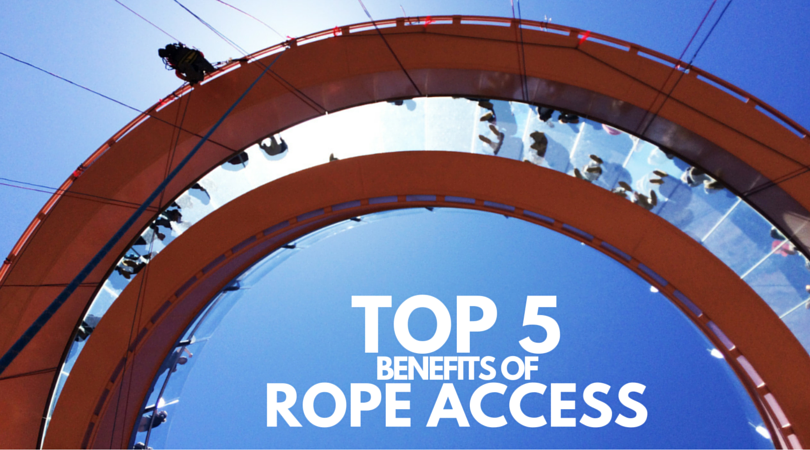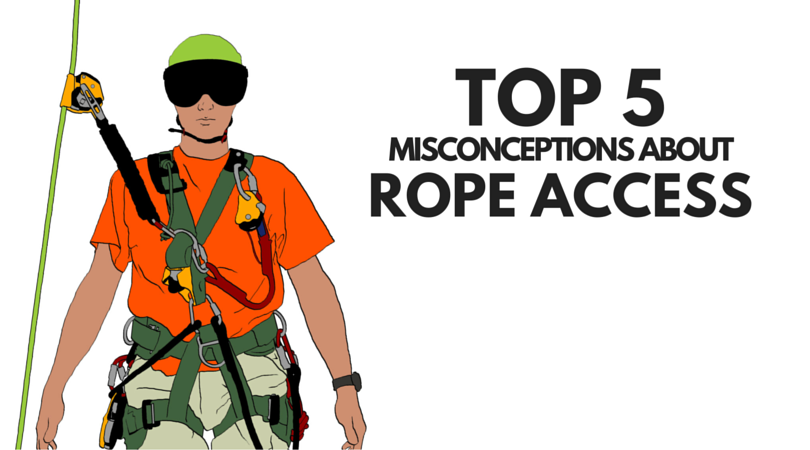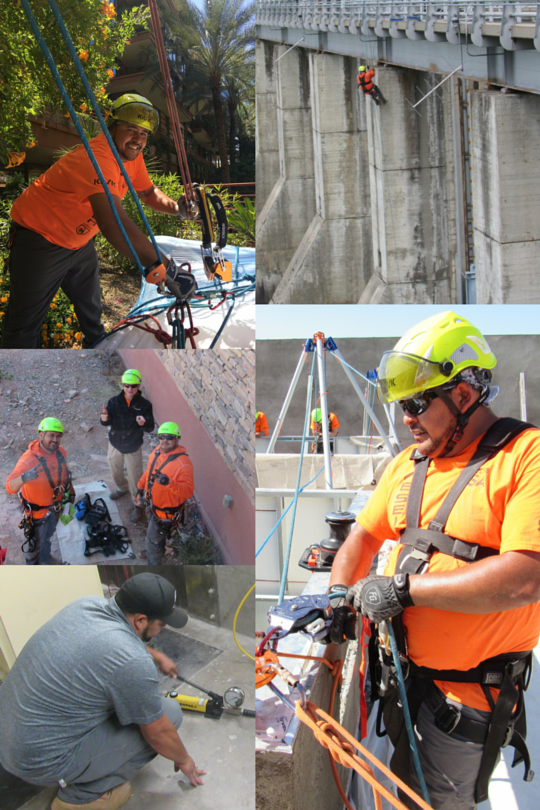As a professional in Rope Access, you should always be aware of when your certification expires. Because once it has, you can no longer be on jobs. And you can no longer accrue hours for level advancement.
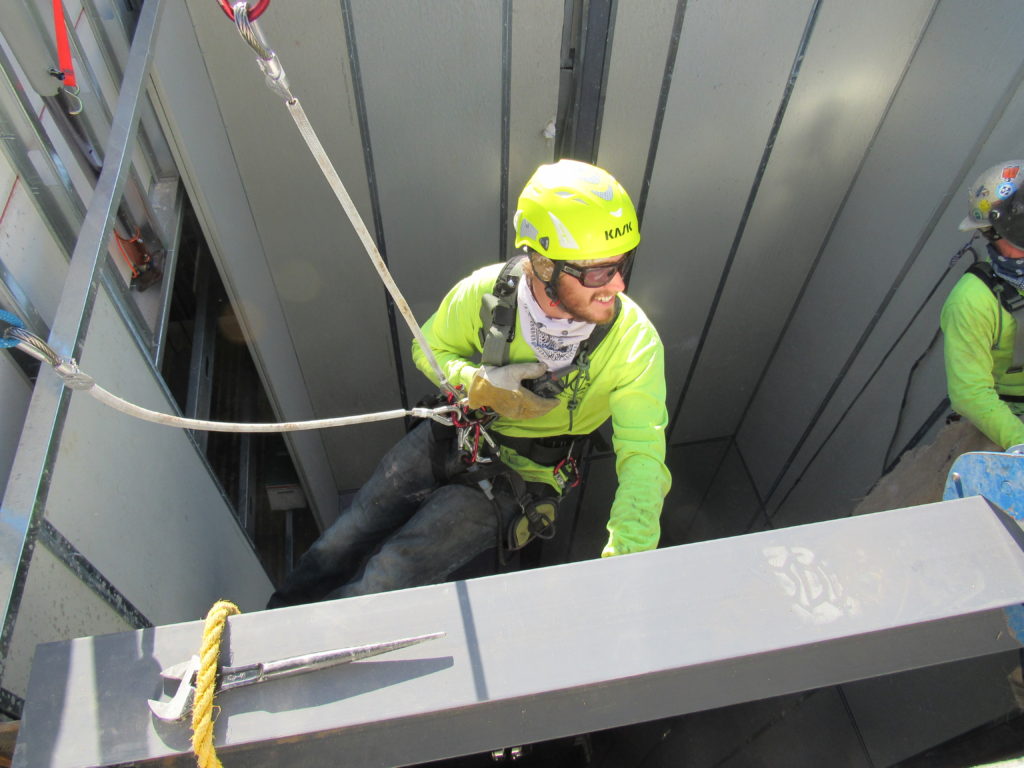
How does your upcoming re-certification deadline affect you as a tech?
Certification expires every three years. It is highly recommended that you take a re-certification training course to get reassessed well before the expiration of your current certification. Up to 6 months actually. According to SPRAT guidelines, you can complete re-certification within 6 months of your expiration date and the new validation will start at the end of your current certificate.
By attending a certified SPRAT evaluation early, you prevent potential pitfalls in your career like impeding moving up to Level 2 or 3. It also prevents you from turning down a job or being removed from a job because your cert is no longer valid.
Technicians must have all paperwork in order, successfully demonstrate skills appropriate to their level, and pass a written exam. Any one of these things can cause an issue with certification. We have seen it happen before. If you wait until the last minute to re-certify and fail in one of these areas, you are stuck until you can afford to pay for another evaluation, schedule it, and pass it.
Upon failure, a candidate must wait at least seven days before retesting the Field Evaluation. In addition to the field evaluation, the candidate has to retake the written test.
What happens if you have to turn down a big job because you waited for the final hour to renew? The next guy on the list gets to job. And what if that job is something that is recurring every year? Think of the opportunity you missed out on because you didn’t take the time to revalidate your SPRAT requirements. Not having a valid cert can be a lot of stress. How do you make money for yourself and your family? Let alone to make enough to pay for retaking the evaluation.

SPRAT Certification Requirements for Rope Access Work
SPRAT LEVEL I
Can perform rope access work under the direct supervision of an on-site Rope Access Lead Technician or Supervisor.
• Must be at least 18 years old.
• It is not necessary to have prior experience.
• PASS a Level I written test.
• PASS a Level I evaluation by a certified SPRAT Evaluator.
• It is also recommended to do a rope access training course from a competent trainer
SPRAT LEVEL II
Performs Rope Access Lead Technician duties. Responsible for conducting rope access operations and/or safety evaluations of those operations. Maintenance of access equipment.
• Logbook properly documented with 500+ hours and 6 months experience as a Level I SPRAT technician
• PASS a Level II written test.
• PASS a Level II evaluation by an independent SPRAT Evaluator.
• It is also recommended to do a rope access training course from a competent trainer
SPRAT LEVEL III
Performs all Rope Access Supervisor duties. Is responsible for supervising the rope access work site and Level I and II Technicians.
• Logbook properly documented with 500+ hours and 6 months experience as a Level II SPRAT technician
• PASS a Level II written test.
• PASS a Level II evaluation by an independent SPRAT Evaluator.
• It is also recommended to do a rope access training course from a competent trainer
What if your SPRAT certification has expired?
If you waited too long and your SPRAT certification is no longer valid, it is recommended that you attend training by a competent trainer to demonstrate proficiency and take the test. But first you need to have 500 work hours (or 6 months of work) of Rope Access logged correctly.
If you are a Level 1, it is critical you renew your certificate early. If it expires, it will be recommended that you take a full week of training to re-certify your SPRAT certification.
What should a SPRAT Certified Technician do to ensure a smooth renewal process?
First things first. Make sure you know the exact date your certification expires. Then add a reminder in your phone or other digital calendar for six months PRIOR to that date.
Once you hit the 6 month mark, sign up to take a certified SPRAT Evaluation. Make sure all of your hours are logged appropriately and any other paperwork is ready to go.
Now all you have to do is attend the evaluation and pass everything. Once all of this is complete, SPRAT will issue a new certification.
Keep in mind, if you have not done any rope access work in more than 6 months, then you should sign up to take a refresher training.

